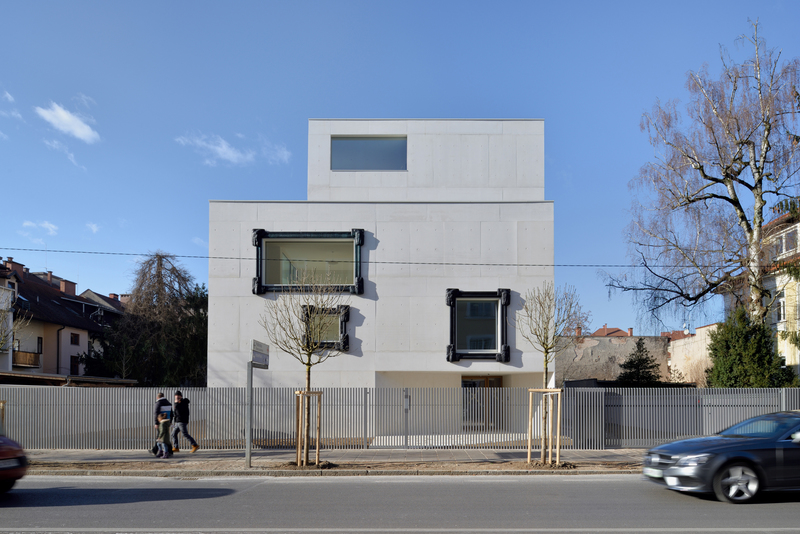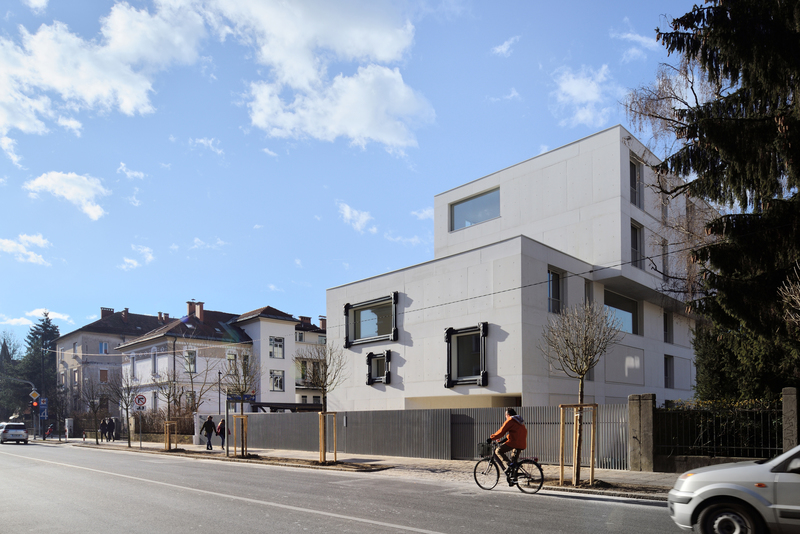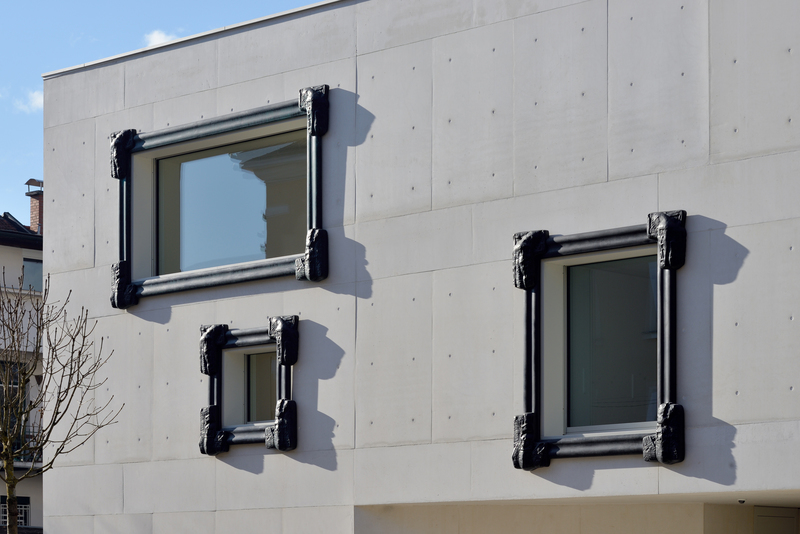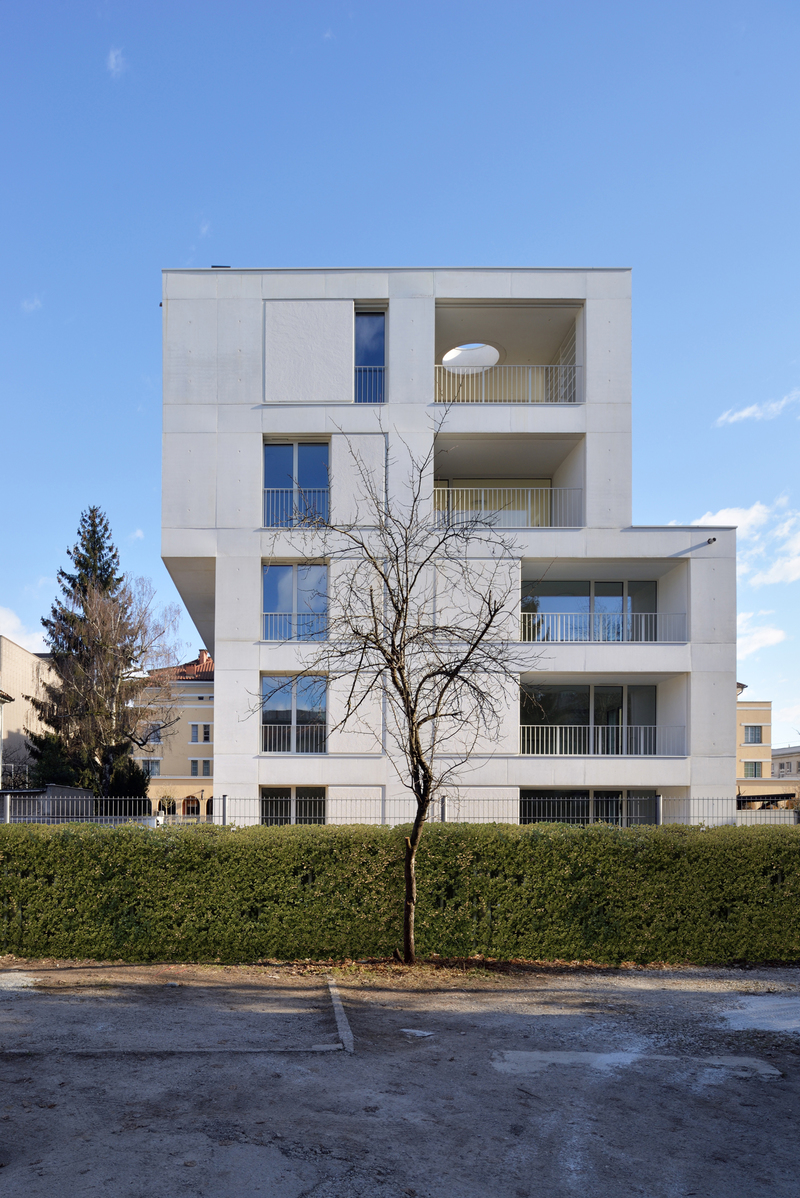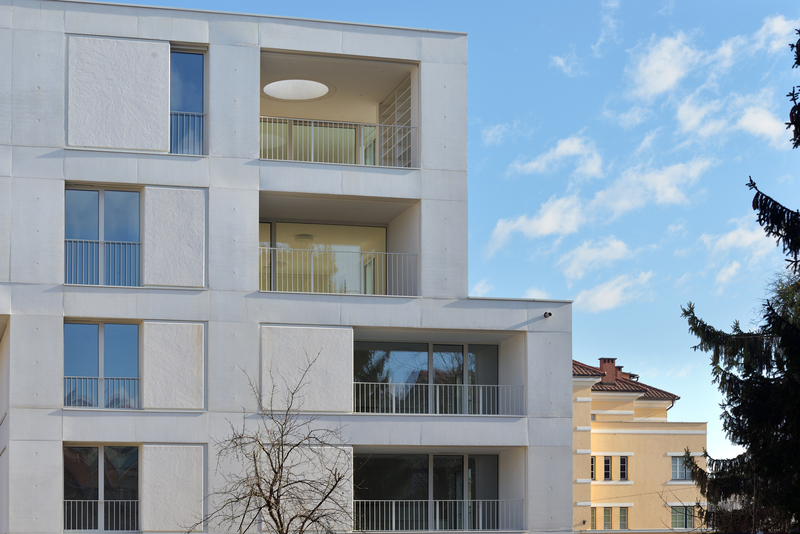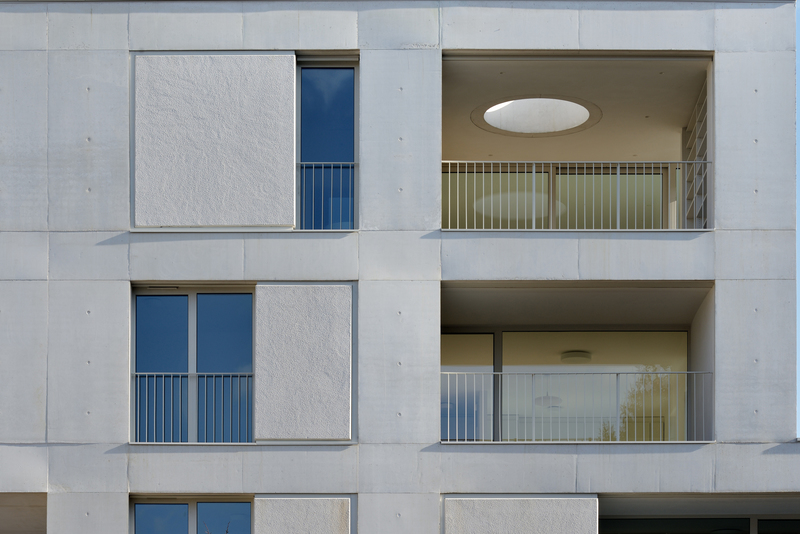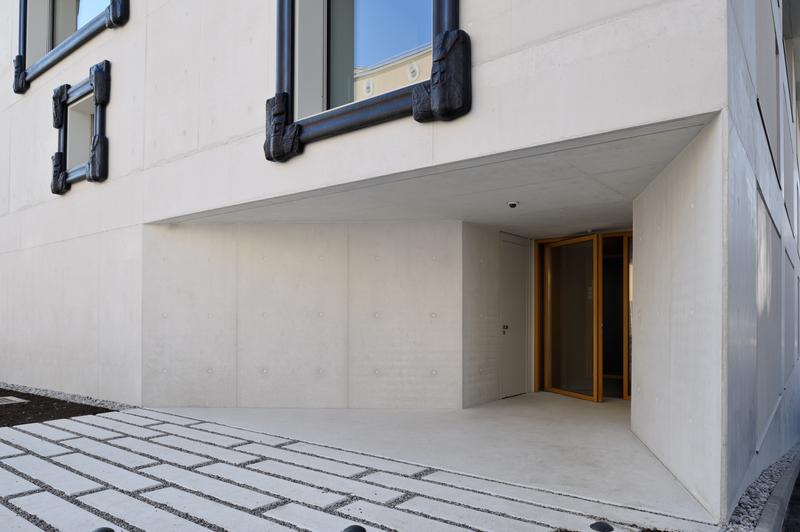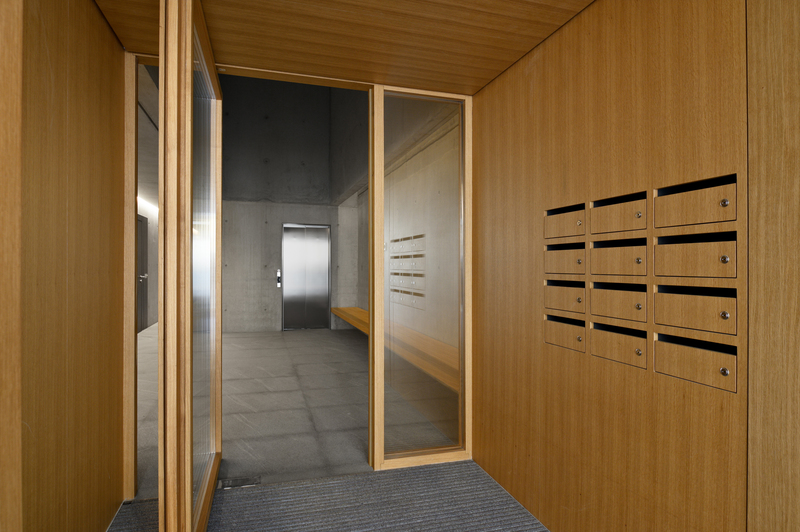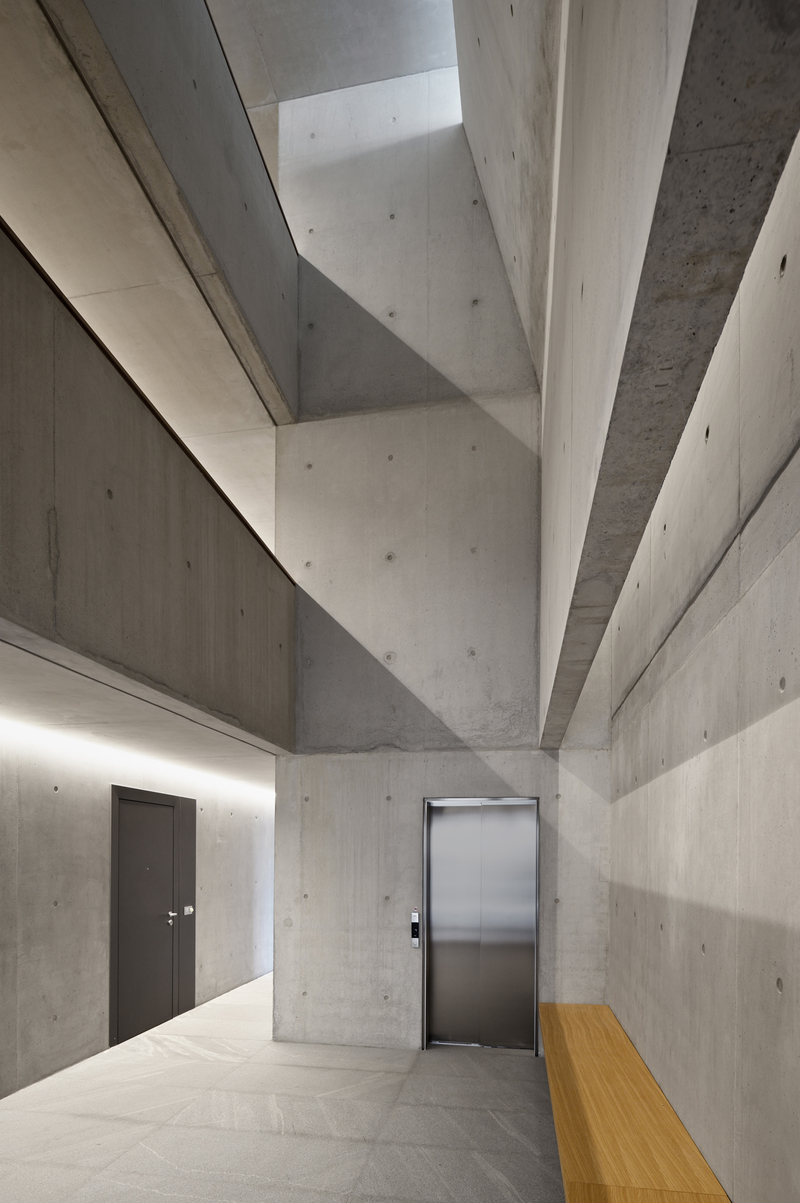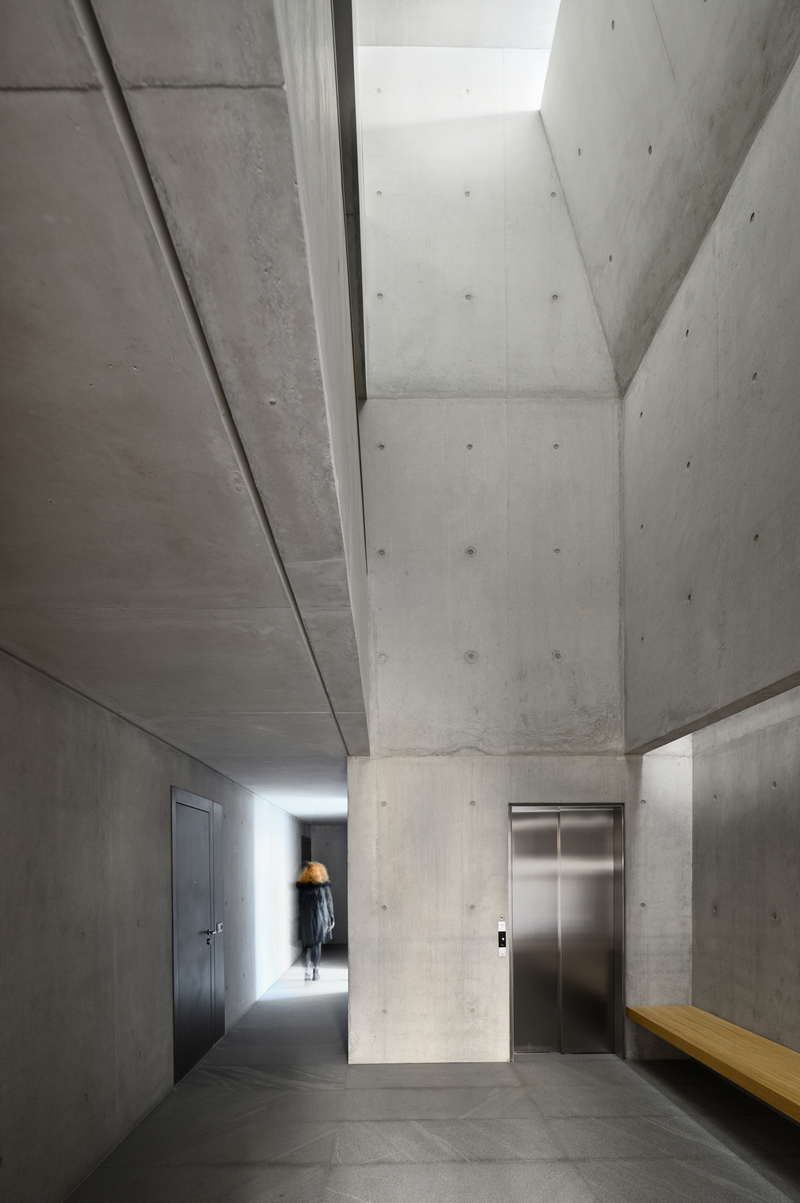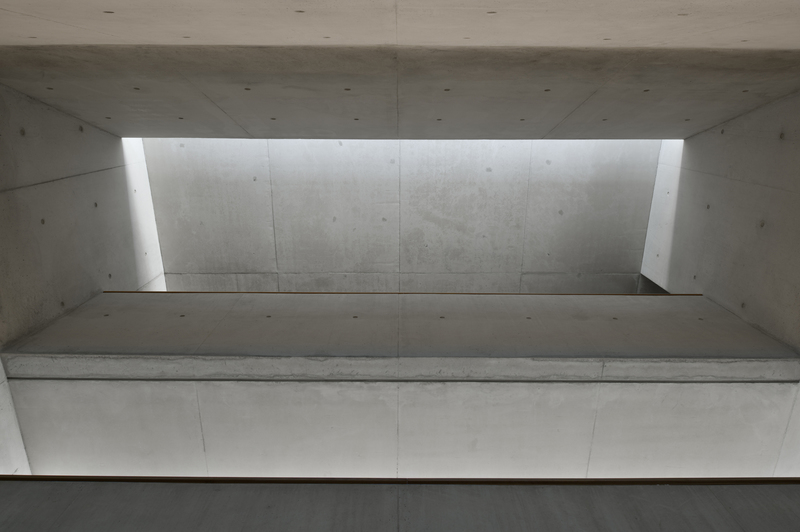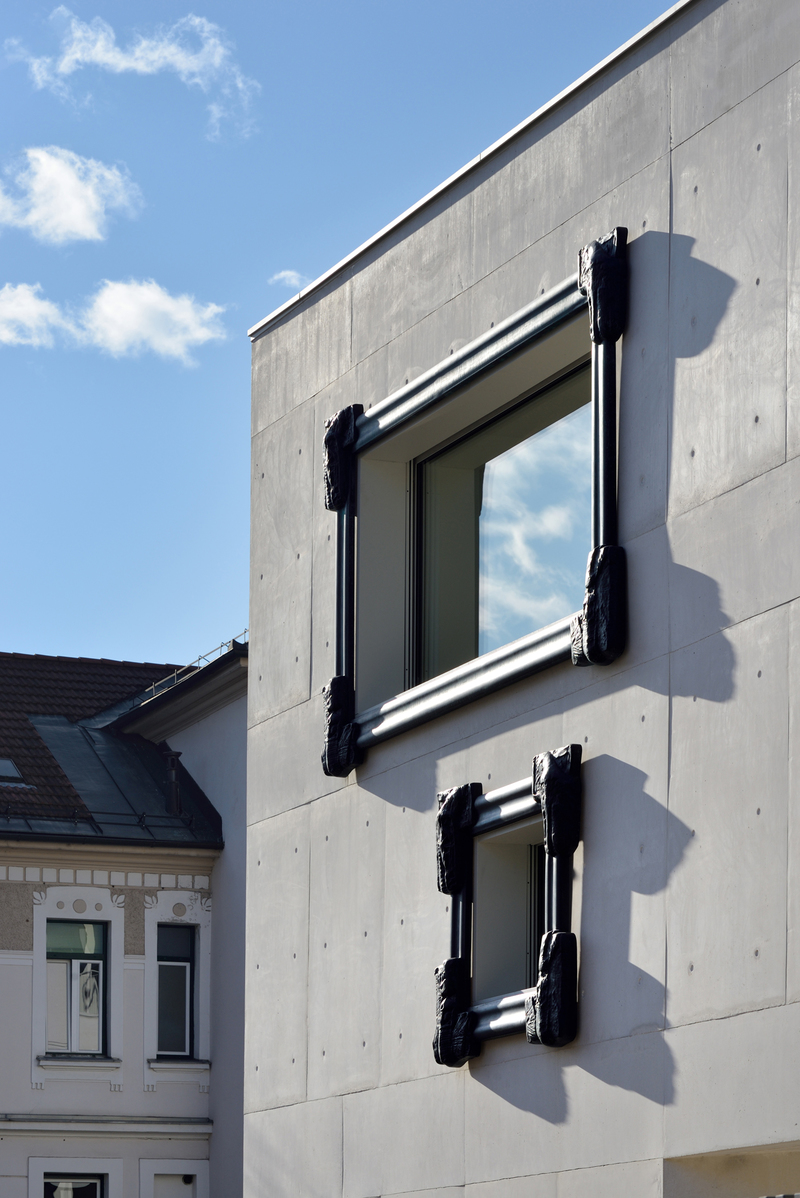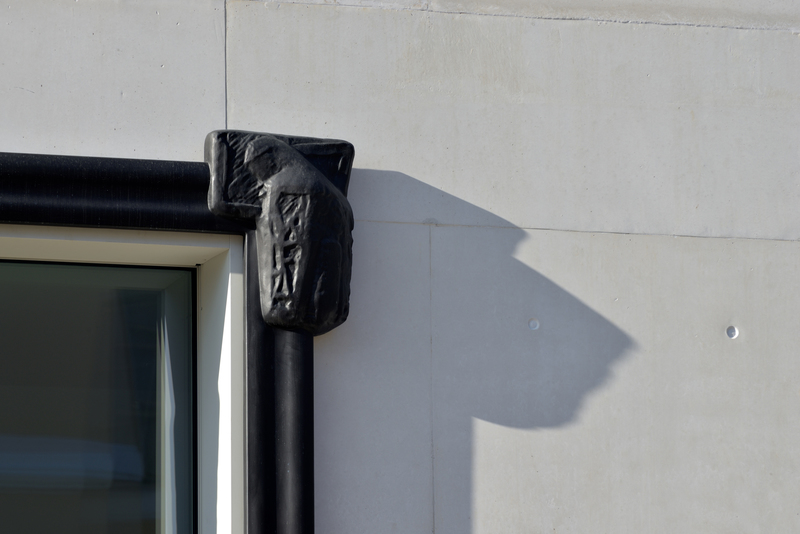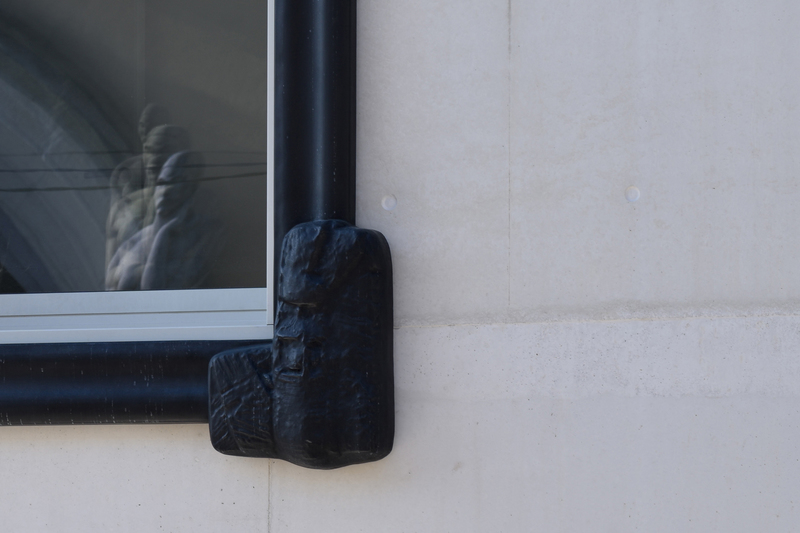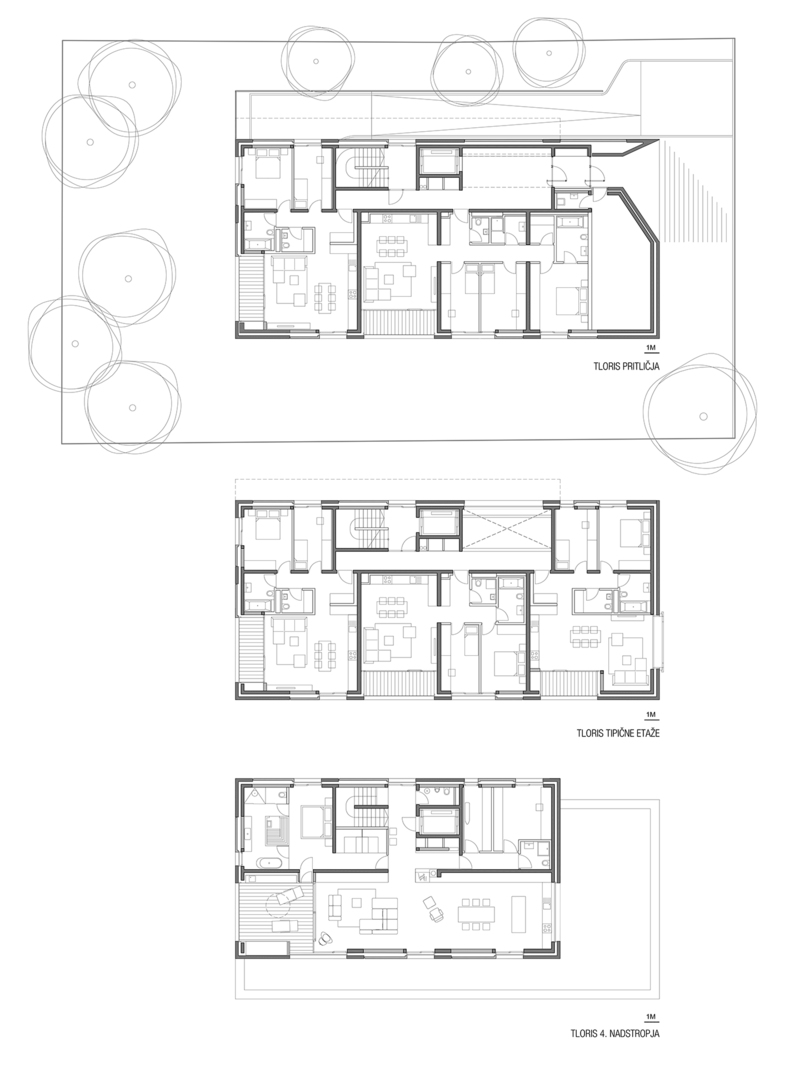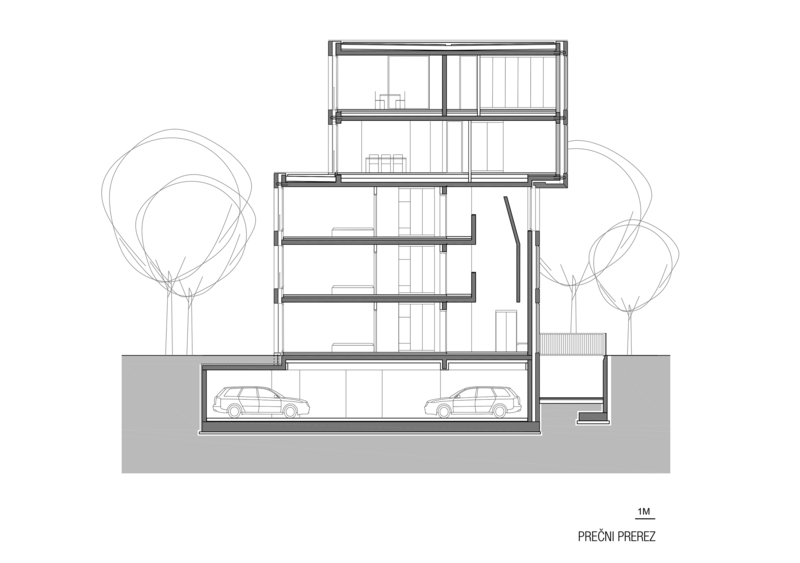Location
Ljubljana
Realisation
2017-2018
Project
2012-2017
Invited competition
2012 (1st prize)
Investitor
K-HIŠA d.o.o.
Authors
Lena Krušec, Tomaž Krušec, Vid Kurinčič
Work of art on street facade
IRWIN: Okna / Windows, 2012-2018, materials: bronze, glass, concrete, aluminum
Project team
Zala Likavec, Jurij Nemec, Primož Pavšič, Janja Starc
Photography
Miran Kambič
K-House
The volume of the building complies with the guidelines set by the current urban planning regulations. The lower three floors follow the existing street built-to line, with the last two floors offset by 45 degrees.
The building is constructed as a reinforced concrete skeleton frame with brick infills. The described construction logic can also be seen on the façade, which consists of monolithic concrete frames and fillers in the form of precast concrete elements. While the monolithic part of the façade follows the load-bearing reinforced concrete skeleton frame, the precast concrete elements are located at the positions of the brick fillers. In this way, the façade design directly reflects the tectonic structure of the building.
K-HOUSE is located across the Meksiko building by the architect Vladimir Subic, whose designs were inspired by the typology of the Vienna “Hofs”.
To appreciate the K-HOUSE’s relation to the Meksiko it is crucial to understand the relationship between Lojze Dolinar’s sculptures and the Meksiko itself. Similar to the collaboration of architect Subic and sculptor Dolinar, the opposite building establishes a relationship between architecture and the works of the IRWIN art collective.
The dialogue between art and architecture is reflected in the design of the architectural volume and the façade.
The volume of the building is designed as an anonymous white cube, which, as a white wall in a gallery, creates a neutral background for the presentation of works of art. In this way the architecture takes a step backwards so that the IRWIN picture frames can frame and accentuate the life that is happening in the apartments. Activity of the apartments’ occupants, which is reflected in the window surfaces, becomes the content and theme of the framed pictures.
Since every architectural work is an agglomeration of inseparable parts the idea of IRWIN group’s paintings is present in every layer of the presented project.
Despite the intertwining of the work of architects and the IRWIN art collective, the boundary between architecture and art is clearly and unambiguously drawn. The contact between them seeks to be as direct and “coarse” as possible. The success of the two artistic genres thus lies in maintaining their mutual autonomy.
The principle of the façade design is based on the dialogue between openings that are cut into the volume of the building and those that are deliberately designed as framed surfaces that hang on the façade. The façade surface’s relief is therefore defined by means of shadows and the relationship between shaded and illuminated surfaces.
The light, and its negative, the shadow, not only shape the façade, but are also essential for understanding the interior of the building.
The visitor enters the building through a wooden foyer, a deliberate atmospheric contrast to the lobby, which is entirely made of visible concrete. The multi-height lobby is characterized by the light that enters the space behind the second, displaced and curved wall. This way the observer cannot see the window, but sees only the light coming into the space, illuminating the ceiling of the lobby and the bench in front of the elevator.

